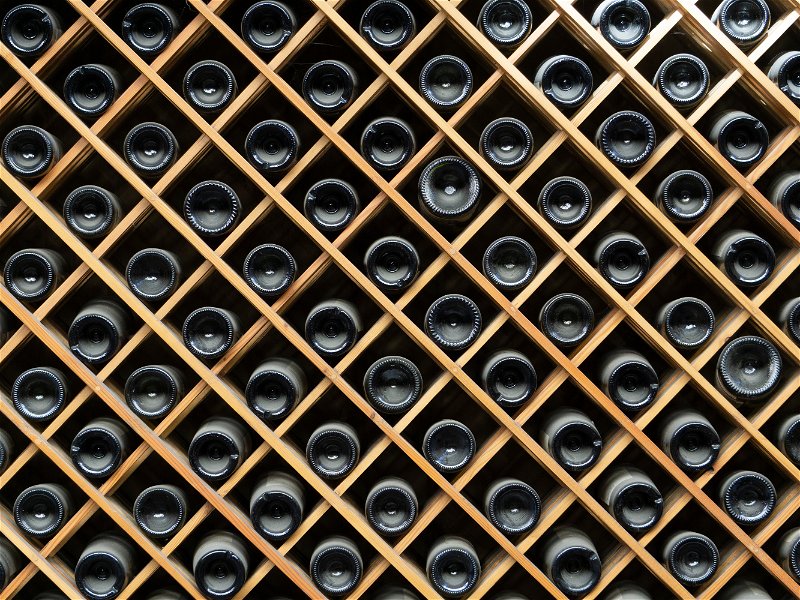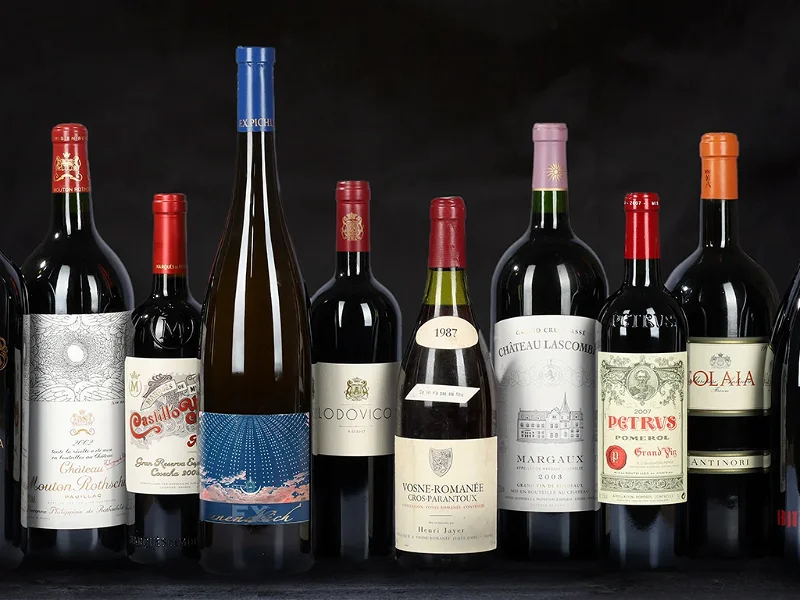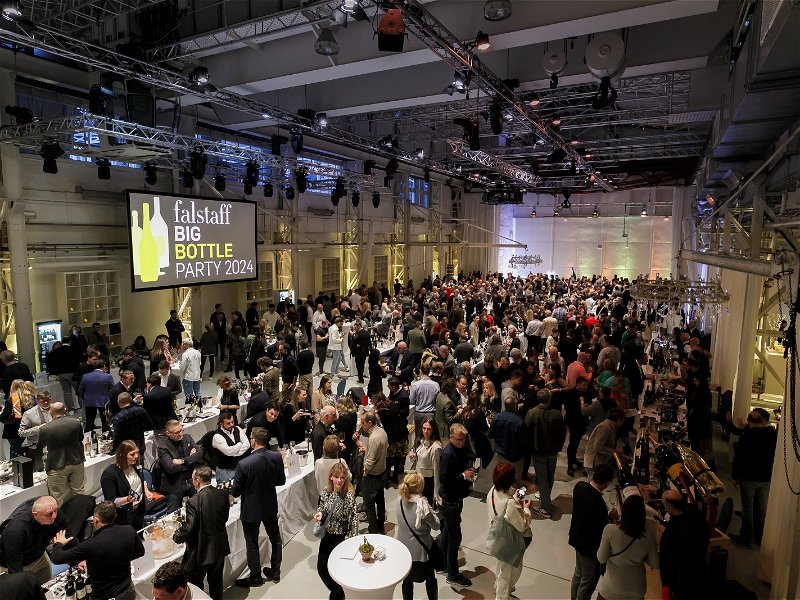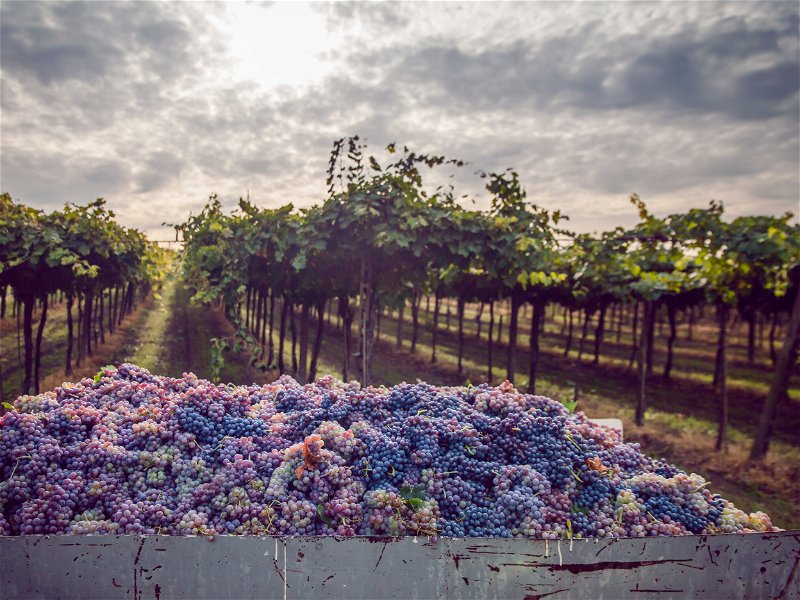Bordeaux en Primeur vintage 2023: All a question of timing
The 2023 vintage presented significant challenges for vintners, with success hinging not just on the terroir—especially in rainier years—but on the critical timing of each decision in the vineyard.
A rather dry, cold winter was followed by a marked rise in temperatures at the beginning of March, with budding starting a little late at the beginning of April, which reduced the risk of early frost. The spring was rather cool, but rainy, and in June temperatures rose above average and a kind of tropical climate created enormous pressure from mildew. The growth of the vines was extremely vigorous; at more than 2° Celsius above the long-term average, it was the warmest June ever recorded in Bordeaux. Flowering was rapid and homogeneous at the end of May, which ensured a rich fruit set and a potentially good harvest.
This was followed by a warm but not hot July. The skies were mostly overcast, growth was good and the vines were under little water stress thanks to recurring rainfall. In mid-July, the grapes of the red varieties began to change colour. Vine growth continued in most terroirs. August began rather stormily, with conditions changing drastically in the middle of the month. Two short heatwaves at the end of August and beginning of September ensured that the tide turned once again, as the grapes were now subjected to a marked concentration.
From green nuances to wide-meshed wines
The summer supported the development of healthy and ripe grapes in abundance. In general, the grapes were healthy thanks to the favourable conditions at harvest time; the white wines were harvested at the end of August, the Merlot started on the right bank around 5 September, and the Cabernet Franc was harvested two weeks later at optimum ripeness. Overall, the sugar levels were slightly lower than in 2022 due to the mostly larger berries, which resulted in less alcohol, but the red wines have good acidity and a remarkable colour.
For those winegrowers who waited, it was important to note that the vines began to shrivel the grapes as they drew some water down to resist heat stress, which reduced the harvest volume. In addition to the relative amount of sugar, which increased as a result, tannin ripeness played a key role - and now the winemakers' experience was required to choose the right time to harvest. So those who were too early risked green nuances in the tannin structure, those who held their nerve were rewarded, those who harvested too late tended to have less acidity and freshness and developed cooked fruit flavours in wines that tended to have a wider texture.
Healthy, with a good aroma
From the end of August, the white grapes, ideally harvested before the second heat peak at the beginning of September, were healthy, well flavoured and showed a pleasant acid balance. From mid-September, rainfall in Sauternes led to the desired appearance of widespread botrytis, which attacked ripe, healthy grapes. After the return of fine weather with dry and hot conditions, the concentration of the berries was further accelerated. This was followed by two harvest weeks with grapes rich in sugar, but also acidity, which is reflected in opulent sweet wines.
The "En Primeur" system put to the test
DON'T MISS OUT!
Sign up now for our newsletter.













